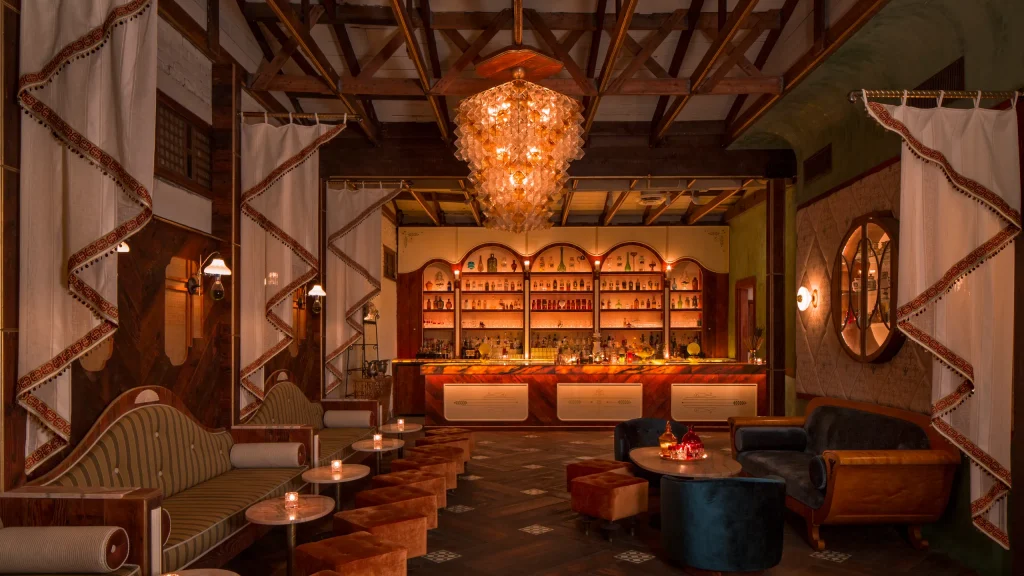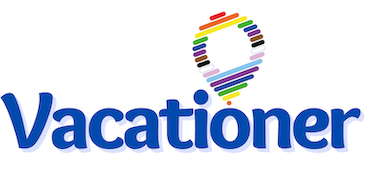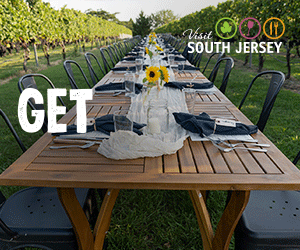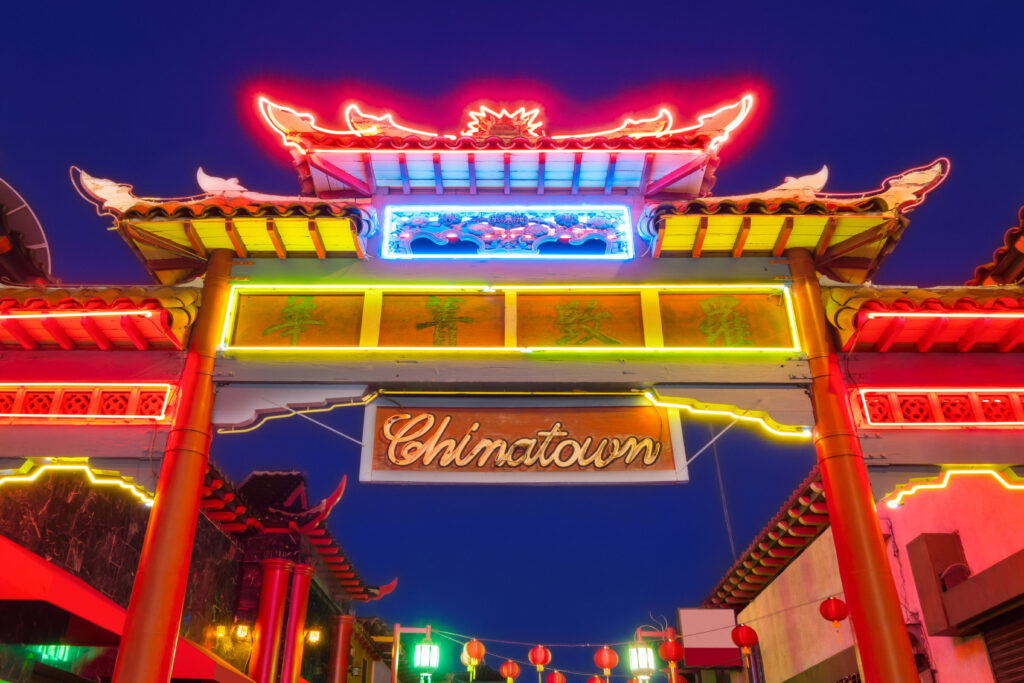
Supporting Chinatown Businesses in LA and San Francisco
San Francisco Chinatown and Los Angeles Chinatown suffered greatly during the pandemic lockdown in 2020 as almost all of their businesses were tourist-focused and lacked an online presence. Essentially, the stores were left with little to no income. Since the start of the pandemic, less than a third of the businesses have survived in San Francisco’s Chinatown and at some point, 75% of the storefronts were closed. What exacerbated the downturn in these areas was the exponential increase in racism against Asians, further delaying stores re-opening to the public. With the relaxation of pandemic precautions, people are visiting Chinatown areas again, finding amazing food, stores, and experiences. Business owners hope that foot traffic and revenue will return to pre-pandemic days.
The first Chinatown was started in San Francisco when Chinese immigrants came to California for the Gold Rush. After the mining rush, immigrants found work as domestic and railroad workers and farmhands. They assembled in neighborhoods creating clusters of Chinese communities, later known as Chinatowns. In the 1850s, Chinatowns were considered places of debauchery and sexual deviance. In the 1950s, the communities wanted to move away from this reputation by turning these immersive enclaves into tourist destinations and they wanted to show their patriotism by holding celebratory events and parades. Hoi Leung, curator of the Chinese Cultural Center shared that, “Chinatowns have long been communities accepting of marginalized people like the queer community.”
The two Chinatowns, though similar in their history, neighborhood aesthetics, and the promotion of Asian culture, also have some differences.

Chinatown San Francisco
Chinatown in San Francisco is the oldest Chinatown in North America and has many programs that support the LGBTQIA community. San Francisco was the first city in the nation to honor the Queer Transgender Asian Pacific Islander (QTAPI) week last year, and the celebration repeats this year from May 29-June 4, 2022.
The best part of visiting this Chinatown neighborhood is walking through the streets to observe the historical landmarks and architecture. Start the visit at the iconic Dragon’s Gate off of Grant Avenue and walk through the neighborhood by visiting the shops selling dried herbs, souvenirs, and Chinese cooking tools. Visit 41Ross, an interactive art space where you can walk in and participate in making art while you sip on boba drink from across Ross Alley. Portsmouth Square is a park located centrally and is nicknamed the “Heart of Chinatown.” The square was built in the early 19th century and includes statues, a tot lot, and artwork; and it is a great place to rest after walking part of the area.
One of the more entertaining times to visit would be during the Chinese New Year’s holiday when the annual parade features floats and lion dancing. Since the mid-1990s, the Asian-American queer community has been participating in the famous annual Chinese New Year Parade in Chinatown, San Francisco, to present positive images of gay Asian communities.

Food in Chinatown San Francisco
Visitors will find unusual herbs and dried shellfish at Ellison Enterprise and Chinese food cooking tools at The Wok Shop, a local store that’s stocked up with all sorts of cookware like steamer baskets, pickling jars, and crockery. For a sweet treat, the Golden Gate Fortune Cookie Factory has workers folding the dough and fortunes to make more than 20,000 fortune cookies a day. Various cookie flavors are available, and you can also personalize a cookie.
A more efficient way to visit some recommended sites is to take a culinary walking tour. Various companies, like San Francisco Food Tours and Local Tastes of the City Tours, offer visits to main landmarks as well as off-the-beaten trail sites. If you’re looking for a modern restaurant, check out China Live, which provides a fusion of Western and Eastern food and has an onsite retail store that sells snacks like Peking Duck Fat Popcorn.
The Red Blossom Tea Company offers teas from around the world – with names like Snow Dragon and Silver Needle – sourced from premium farms across China and Taiwan. The Hang Ah Tea Room, established in 1920, is touted as the oldest dim sum restaurant in America.

Religious Sites
Old Saint Mary’s Church is the oldest church in California and was built in 1854 to spread Catholicism in Chinatown. Its plain brick façade stands out from the modern buildings and the more ornate ones of Chinatown. The Tin How Temple is the oldest temple in Chinatown and is dedicated to the ocean goddess Mazu. It’s an active temple on the third floor of 125 Waverly Place.
Cultural Centers
Through its programs and exhibitions, the Chinese Historical Museum educates the public on the contributions of the Chinese in America. It’s home to a variety of permanent and temporary exhibitions, including one that features Chinese people who have served in the military. The Chinese Cultural Center (CCC) founded in 1965 and located in Chinatown holds the only art and cultural tours of Chinatown, walking visitors through historical sites like Ross Alley and Wentworth Place. These tours provide information on social justice history and art.
Where to Grab a Drink
Buddha Lounge, a family-owned dive bar, uses Chinese rum and other Chinese liquors to make Chinese Mai Thais. It also carries the popular Tsingtao beer and Buddha Beer. Established in 1937, Red’s Place, a sports bar, refers to itself as Chinatown’s oldest bar and has the décor of a dive bar, complete with a pagoda-style awning and an old martini glass sign.

Chinatown Los Angeles
The original LA Chinatown neighborhoods, established in the 1850s, were relocated to make way for the building of Union Station in the 1930s. Union Station, a transportation hub of trains and buses, is now located less than a mile away from Chinatown. The new LA Chinatown area was settled around 1938 and has become a popular tourist attraction. With its neon Chinatown sign, Central Plaza – on N. Broadway Street, has been featured in Hollywood movies like Rush Hour and Chinatown. Chinatown Central Plaza was modeled after the Forbidden City in Beijing and has souvenir shops and the architecture to use as the backdrop for the perfect Instagram snapshot. Festivities like Chinese New Year and the Moon Festival are celebrated in the plaza.
Unlike San Francisco’s Chinatown, where you can still find many residents living within Chinatown, many Chinese in LA Chinatown have moved to the nearby San Gabriel area. However, the redevelopment of downtown LA has made Chinatown an excellent place to visit and do business. There are still plenty of bakeries, jewelry stores, restaurants, and retail stores to visit.
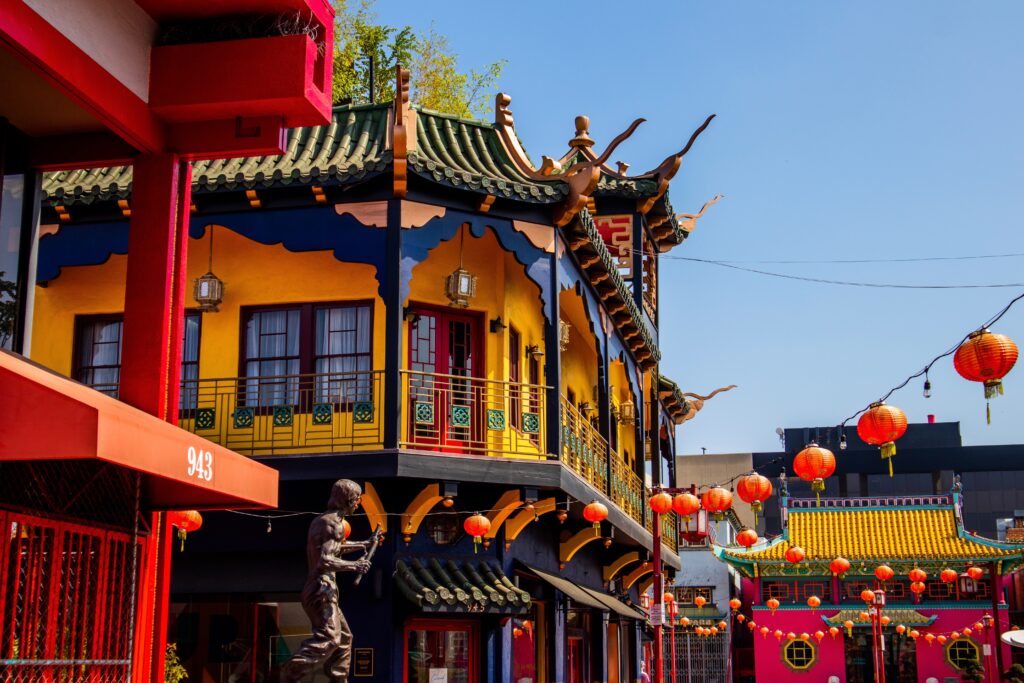
Food in Chinatown Los Angeles
Dim sum – small dishes of food – is a great way to experience Chinese cuisine. Centrally located, Hop Woo serves popular Cantonese-style dishes. Other dim sum places include CBS Seafood and Golden Dragon. One of the more popular places to eat is the Far East Plaza food court. It became more popular with the introduction of Roy Choi’s restaurant Chego (closed in 2019) and now houses popular non-Asian food like Howlin’ Rays, but also Baohaus and Qin West. Phoenix Bakery is a well-known stop for some traditional Chinese pastries like pineapple buns and sesame balls.
Cultural Centers
The Chinese American Museum is located in LA’s original Chinatown, in the historic El Pueblo district. It is one of the oldest original Chinese buildings in Southern California. It is located several blocks away from the center of Chinatown and is where Chinese families initially settled. Its permanent exhibit on The Birth and Rise of Chinese American Communities in Los Angeles promises to be informative in outlining immigration laws and experiences.
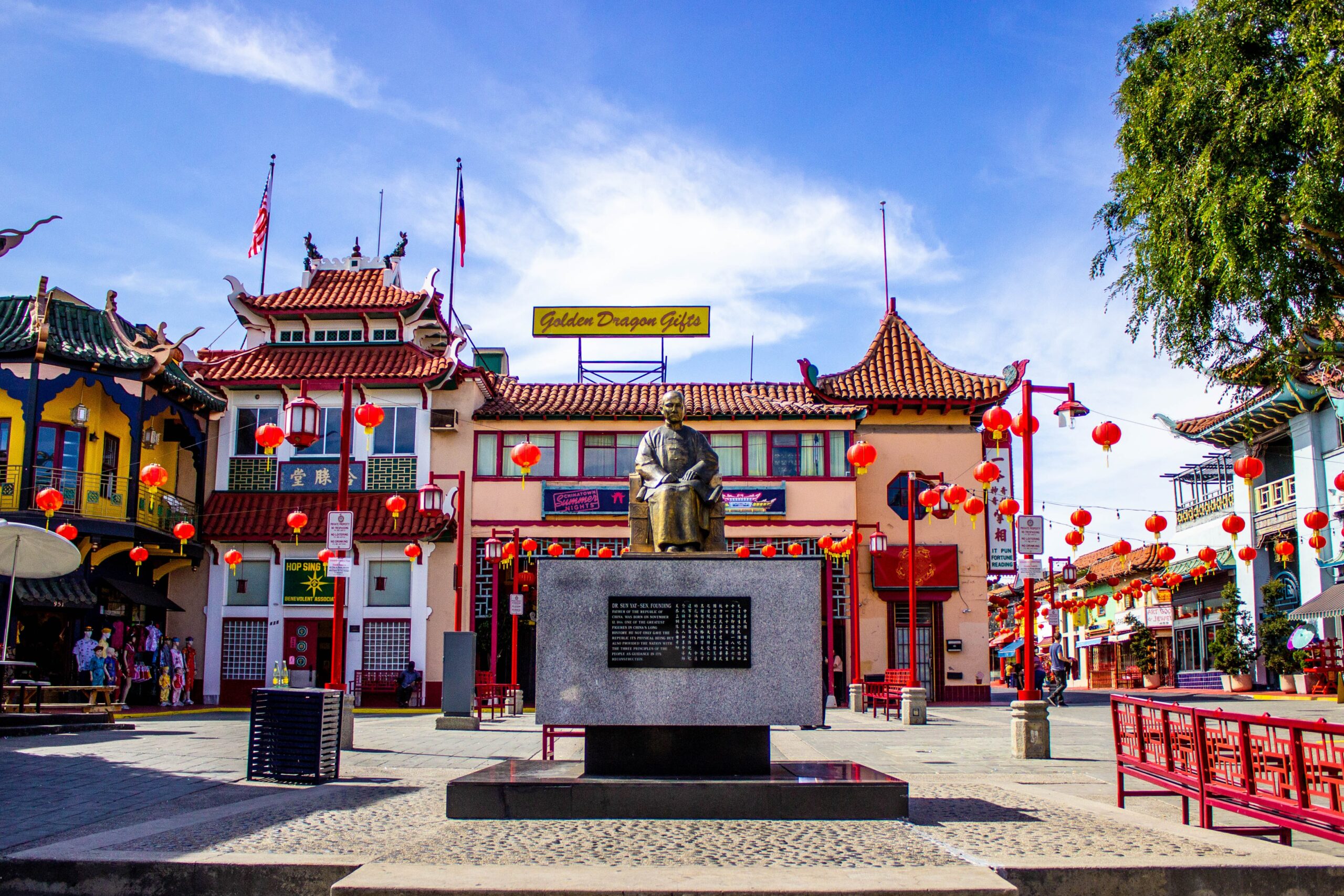
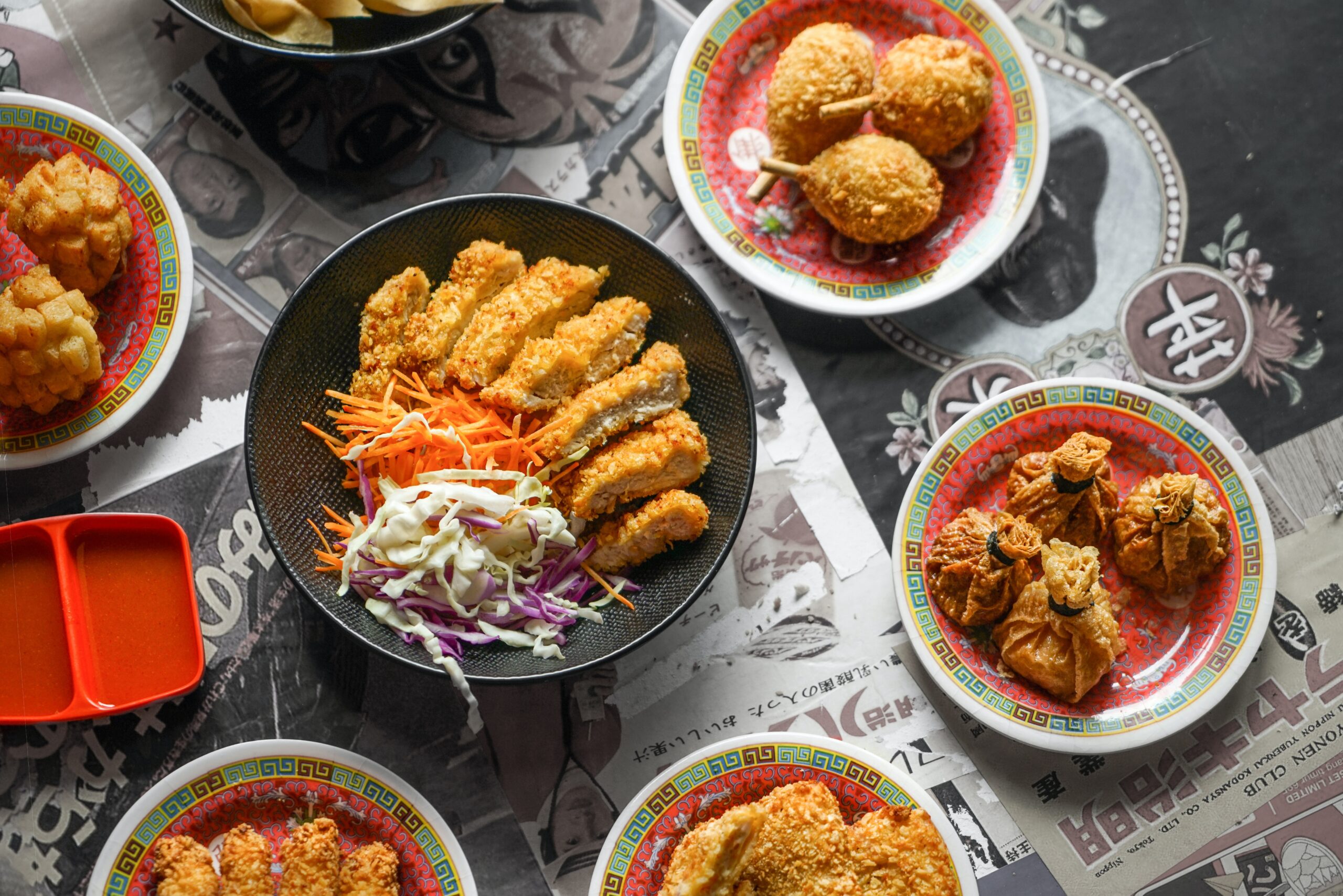
Religious Sites
Thien Hau Temple is a Taoist temple run by a Vietnamese refugee association. The building isn’t as old as other parts of Chinatown. However, the temple has become one of the primary places of worship for Chinese and Vietnamese residents in Los Angeles.
Where to Grab a Drink
General Lee’s is a favorite spot to party at night in Chinatown if you’re over 21. There are two floors and a DJ for music and dancing. Apotheke is a bar with an outdoor seating area and drinks with names like Forlorn Dragon and Kale in Comparison.
Whether you live in or are visiting northern or southern California, stopping by Chinatown is always a great place to discover tasty foods, art, unique products, and to learn and understand the history of the Chinese immigrants who contributed to California’s history.
